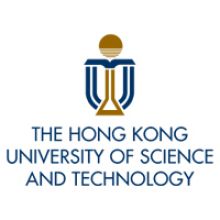Browse the THE Young University Rankings 2019 results
By their very nature, innovative new universities are well placed to challenge the old guard of established higher education institutions.
But given that the world’s oldest universities are often based on the tried and tested model of teaching and research in a broad range of disciplines, have younger institutions followed a similar path or are they more likely to concentrate on a handful of subjects?
A new analysis of data underpinning the latest Times Higher Education Young University Rankings reveals some insights into the subject focus of institutions aged 50 and under.
It suggests that younger universities are more likely to concentrate on a smaller range of subjects and, on average, tend to have a higher concentration of staff in some technological areas like computer science and a lower share in the arts, humanities and social sciences.
Average percentage of staff working in subject area
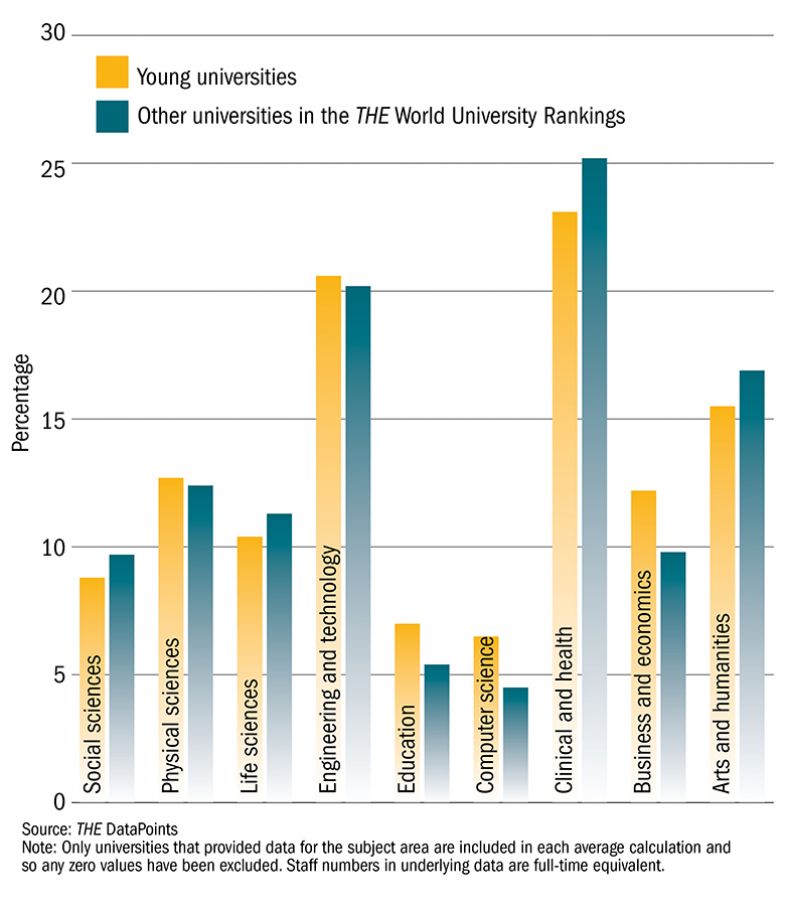
Notably, a number of institutions in the top 20 are based in rapidly developing Asian nations such as Singapore, Hong Kong and South Korea. The Hong Kong University of Science and Technology tops the ranking, with Singapore’s Nanyang Technological University in third and South Korea’s Korea Advanced Institute of Science and Technology (KAIST) in sixth.
Younger Chinese universities with a technological focus – such as the Southern University of Science and Technology (SUSTech) – also feature further down the list.
Caroline Wagner, Milton and Roslyn Wolf chair of international affairs at Ohio State University, says that this to some extent reflects the economic priorities of the region and its governments.
“Funders (government officials) are happy to provide support for these topics because sciences and engineering are viewed as contributing to economic development,” she says.
Wagner also points out that it is arguably much easier for fledgling institutions to quickly build research capacity in technological subjects “because the knowledge is easily transferable, derivative, and empirical”. A by-product is that it may also be more straightforward for academics in such universities to collaborate internationally.
“It is easier to engage in international collaboration in technical and scientific areas because the work transcends social and cultural contexts (to a large extent), uses a ‘common language’, can be empirically validated, and raises the reputation and attention gained by all collaborating parties,” says Wagner.
It is a point that appears to be borne out by the data: on average, young universities achieve higher scores for the number of papers that are co-authored by academics from different countries than older institutions (see graphics).
Distribution of young and other WUR universities by percentage of staff
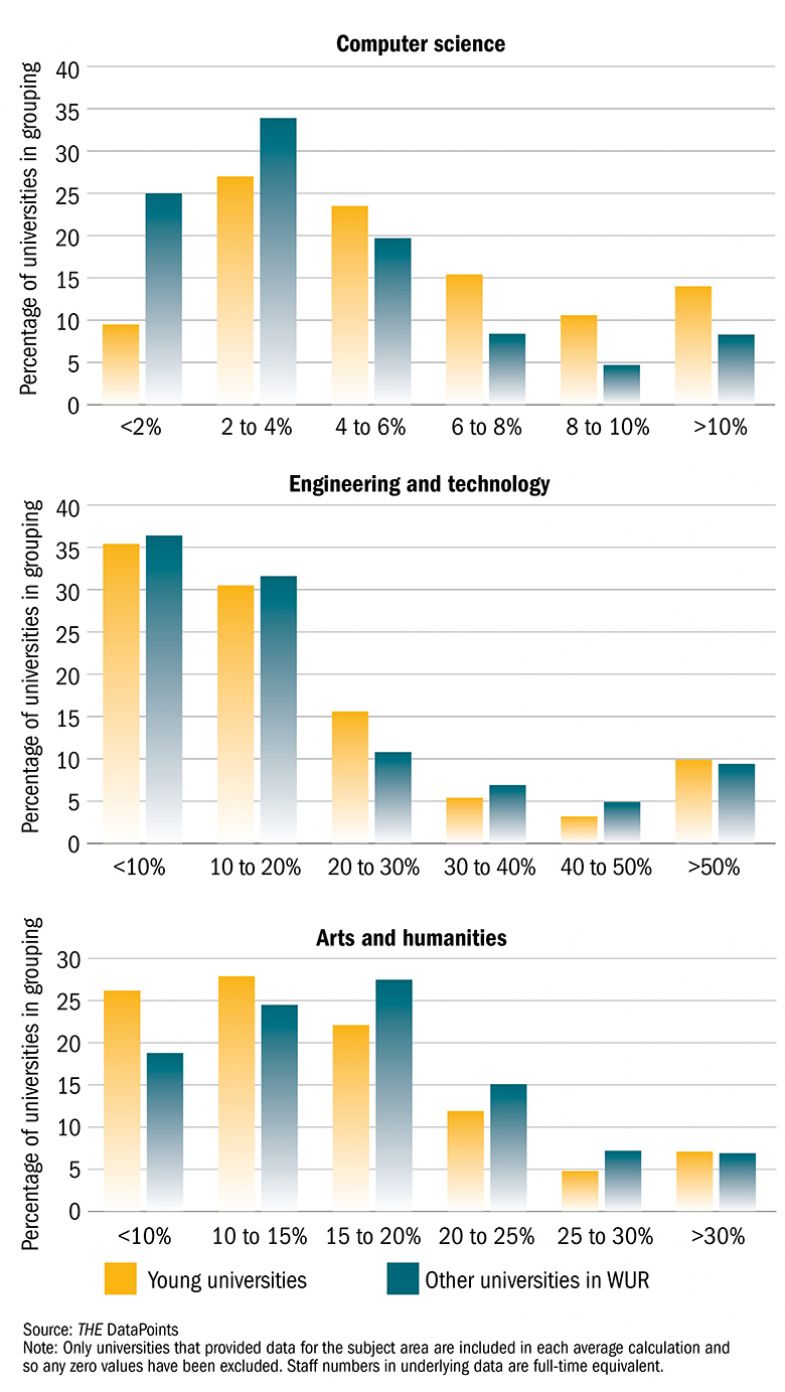
Subject mix is also likely to be influenced by the demand for higher education in Asia.
“Parents and families in Asia are very keen to send their children for higher education, with a strong cultural belief that [it creates] better career prospects”, says Ka Ho Mok, vice-president and Lam Man Tsan chair professor of comparative policy at Hong Kong’s Lingnan University.
“Such a cultural orientation would have shaped universities, especially new universities, to put more emphasis on technological subjects, especially against the wider political economy context.”
It means, of course, that there is generally less focus on humanities and social science subjects in Asia’s newest universities, although Hong Kong seems to be home to some of the exceptions to this, such as City University of Hong Kong (ranked fifth) and Hong Kong Polytechnic University (ranked 15th).
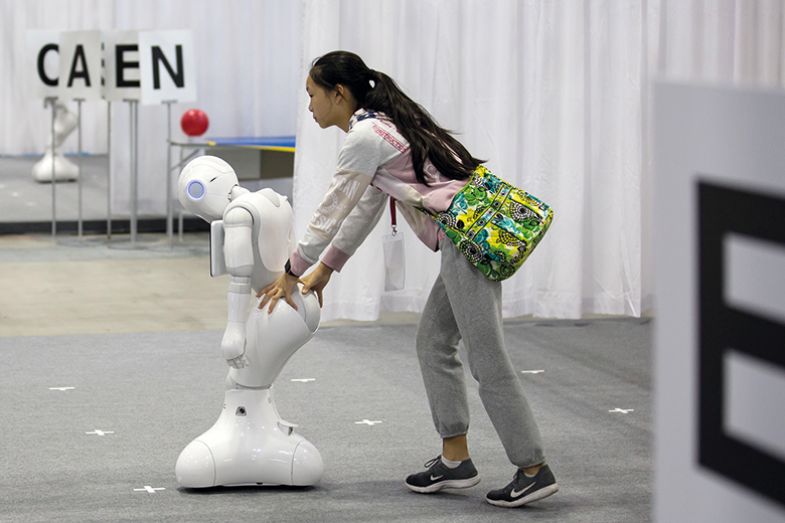
This slant towards technology in newer universities’ subject mix is not entirely absent from institutions based in other parts of the world; for example Switzerland’s École Polytechnique Fédérale de Lausanne – again ranked second this year – is a specialist in natural sciences and engineering.
But among the top 20 universities aged 50 and under are also interesting examples of relatively young institutions that seem to have succeeded as a result, and not in spite of, focusing on the humanities and social sciences in their subject mix, and many of them are in Europe.
Aalto University in Finland was established in 2010 through a merger between three older institutions with very different specialisms: Helsinki University of Technology, the Helsinki School of Economics and the University of Art and Design Helsinki.
The overt intention – backed as part of reforms by the Finnish government – was to create a new model of multidisciplinary research and learning that would drive innovation at the university and in the wider economy.
It means that although the university, which has climbed to joint 18th from 22nd in this year’s Young University Rankings, has a strong focus on engineering and technology disciplines, arts subjects complement and, arguably, enhance its performance.
In practical terms, a 10-year project at Aalto has ensured that research and teaching in different disciplines are integrated on the same campus, while course structures and research funding aim to encourage multidisciplinary activity.
Ossi Naukkarinen, vice-president for research at Aalto, says that all the main research indicators suggest that the approach is working.
“We sometimes face, during discussions [about the way forward], the attitude that if we do too much [multidisciplinary] work then we will not have a deep knowledge of anything.
“But I don’t see that that has happened. We have more high-quality publications than before, we have more external funding, we get more European Research Council grants, all of our important key performance indicators have gone up,” he says.
However, he adds that Aalto had been conscious of not being too doctrinaire about interdisciplinarity given that younger academics might need to immerse themselves in a subject to gain international recognition.
“On an institutional level I do not see any major risks – now that we have nearly 10 years of experience – but there are risks for some individuals,” he says.
“Even though we can do experimental things here [at Aalto], in many fields journals and funding bodies can be rather conservative and if you want to create an international academic career, you have to respect that fact.
“That’s why we do not force our younger assistant level professors to do multidisciplinary work if they don’t want to.”

According to Sybille Reichert, a consultant who recently authored a report for the European University Association on higher education and innovation, Aalto’s model is a “systematic” example of how many new institutions are reorienting the way they research and teach towards today’s societal challenges.
“There do seem to be some common features [among younger universities] of an engaged approach,” she says.
“In some ways, it sounds like a new formulation of [universities’] old civic mission” to have an impact on their local communities and economies, “but the themes are emphasised differently. So sustainability is usually at the forefront, technology development is often embedded.”
She adds that newer public universities set up in Europe were often “already founded as a counterpoint to the existing institutions that were perceived to be too sluggish…so they frequently already have cross-arching [disciplinary] structures as part of their design.
“Often there is a reflection on what it means to have a faculty or a department or a centre. So these kind of concerns were already part of their DNA,” she says.
Another standout example of a young European University that has achieved success in a short space of time with a focus on the humanities and social sciences is Barcelona’s Pompeu Fabra University (UPF), placed 11th in the Young ranking again this year (and, despite being founded in 1990, the top-ranked of all Spanish institutions, old and young, in the latest THE World University Rankings).
Jose García Montalvo, commissioner for the university’s scientific strategy, says that a multidisciplinary focus is also key to its approach, but another characteristic is to expect the same standards of its academics working in non-science fields.
“It is common to hear, for instance, that professors working on management issues cannot be considered by the same standards as ‘real scientists’ because there are no journals in the area. This excuse is used in many other areas of the humanities and social sciences. We do not believe that is true,” he says.
He adds that UPF believes that the best researchers “are also naturally very creative and have the drive to achieve long-term objectives. Therefore, our hiring procedure also helps to create an innovative environment in teaching activities, and leads to incredible success in getting competitive research funding.”
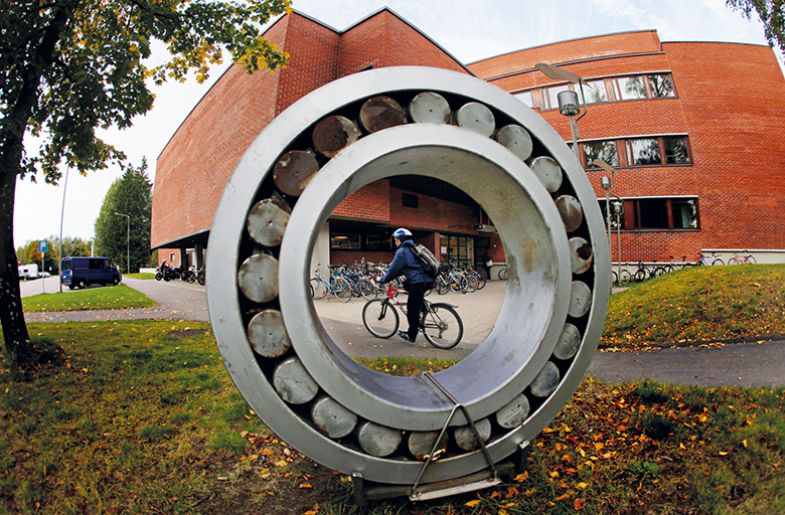
The success of these young European universities in multidisciplinary research raises the question of whether the more concentrated subject mix encountered in many new Asian institutions is sustainable in the longer term.
There have already been signs in places such as Singapore and China that universities realise incorporating more humanities and social sciences into their portfolio is necessary to maintain their success. For instance, Singapore’s education minister Ong Ye Kung spoke at a THE event last year about how the country was moving in this direction, and the nation’s top-ranked young institution, Nanyang Technological University, already has a presence in many non-science disciplines.
But the key question for the future may be whether such an approach is compatible with the political environment in some countries, especially China.
“Social sciences and humanities [SSH] often involve reflexive critiques of society and polity – meaning that leaders are not as happy to support them, especially if they sense that their leadership will be criticised,” says Ohio State’s Wagner.
But, she adds, “it is clear…that a broader subject focus within a research institution, one that includes robust SSH, is essential to innovation at the leading edge.”
Register to continue
Why register?
- Registration is free and only takes a moment
- Once registered, you can read 3 articles a month
- Sign up for our newsletter
Subscribe
Or subscribe for unlimited access to:
- Unlimited access to news, views, insights & reviews
- Digital editions
- Digital access to THE’s university and college rankings analysis
Already registered or a current subscriber? Login








